BMW i7 Vs Range Rover Autobiography Comparison: The Quest for Ultimate Luxury
An unstoppable force from the future meets an immovable object from the present as we pitch the brand-new BMW i7 against the evergreen benchmark of luxury, the Range Rover Autobiography.

Challenging the status quo has consistently been considered a pivotal factor in instigating a revolutionary change. Be it politics, culture, or technology, history is rife with examples of those who rebelled against conventional norms and emerged as catalysts for reform, fundamentally redefining and reshaping the rules of the game in their respective fields.
However, such a disruptive strategy for bringing about innovation is not a guaranteed winning formula. Straying too far from fundamental principles can also be counterproductive. ‘Too much change is bad, ask the climate!’ said the great Michael Scott once, and although it’s worth a giggle, there’s some truth in that. In our quest to achieve greatness, we often end up making things worse for ourselves.
This brings me to BMW and its ongoing adventures. Once known for its elegant, understated, and sophisticated cars, Bavaria’s approach seems to have shifted towards ostentatious and in-your-face designs, which rile up BMW enthusiasts and common folks alike. And the latest example of this shift is the brand-new i7.
On the face of it, the i7 is the electric derivative of the seventh-gen 7 Series. But, as you will learn later in this story, it’s way more than just that. BMW’s idea with the i7 is to redefine the term ‘luxury’ by taking it to a whole new level, into an entirely different dimension.
But, is all of that required? You see, the meaning of luxury is rather straightforward – ‘a state of great comfort or elegance, especially when involving great expense.’ It’s as simple as that. So, isn’t BMW’s attempt to take things to extremes rather unnecessary?
To find out, we decided to benchmark it against a vehicle that is true to the classic definition of luxury and has been a figurehead of traditional luxury for decades – the Range Rover.
Sure, at this point, you might argue that a Mercedes-Benz S-Class or its Maybach derivative would have made more sense or that the price difference between the Range Rover and i7 exceeds ₹1 crore. So, let me tell you that the purpose here – if you haven’t figured it out already – is not to compare these cars but their sharply contrasting ideas of motoring luxury. The avant-garde approach versus the traditional old-school concept.
German Exuberance vs British Royalty
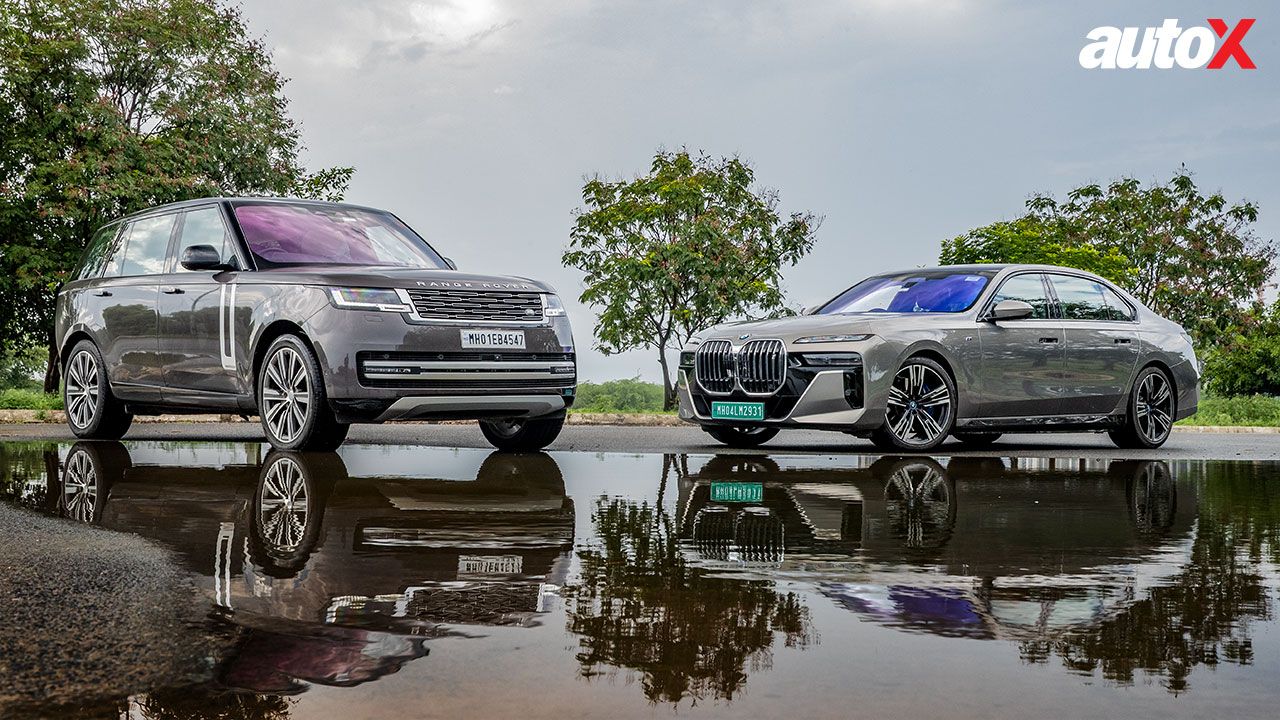
The day BMW unveiled the i7, my first reaction was that it looked terrifying! Calling its design controversial would be a bit of an understatement, for the new 7 Series is a bit too over-the-top and gaudy. And that’s saying something because a quick Google search will tell you that the previous iterations of the 7 Series weren’t beauty pageant winners either (remember the Bangle Butt 7 Series?). So, kudos to BMW designers, who have gone a step ahead and outdone themselves with the latest version.
Surprisingly, though, when I came face-to-face with the i7, I didn’t dislike its design as I had imagined earlier. This goes on to show two things – first, one should not believe everything that you see or hear on the internet, and second, carmakers know a thing or two about changing tastes and modern aesthetics.
With its massive nostrils, new split LED headlamps featuring Swarovski crystals and space shuttle-like girth – it measures nearly 5.4 metres in length – the i7 can’t be mistaken for anything else on the road. Regardless of where you are or what you are up to, if an i7 appears in your line of sight, you will stop in your tracks and take notice, followed by an irresistible second glance. This thing is a crowd-puller in the true sense of the term. And not because it’s pretty, but because it looks otherworldly.
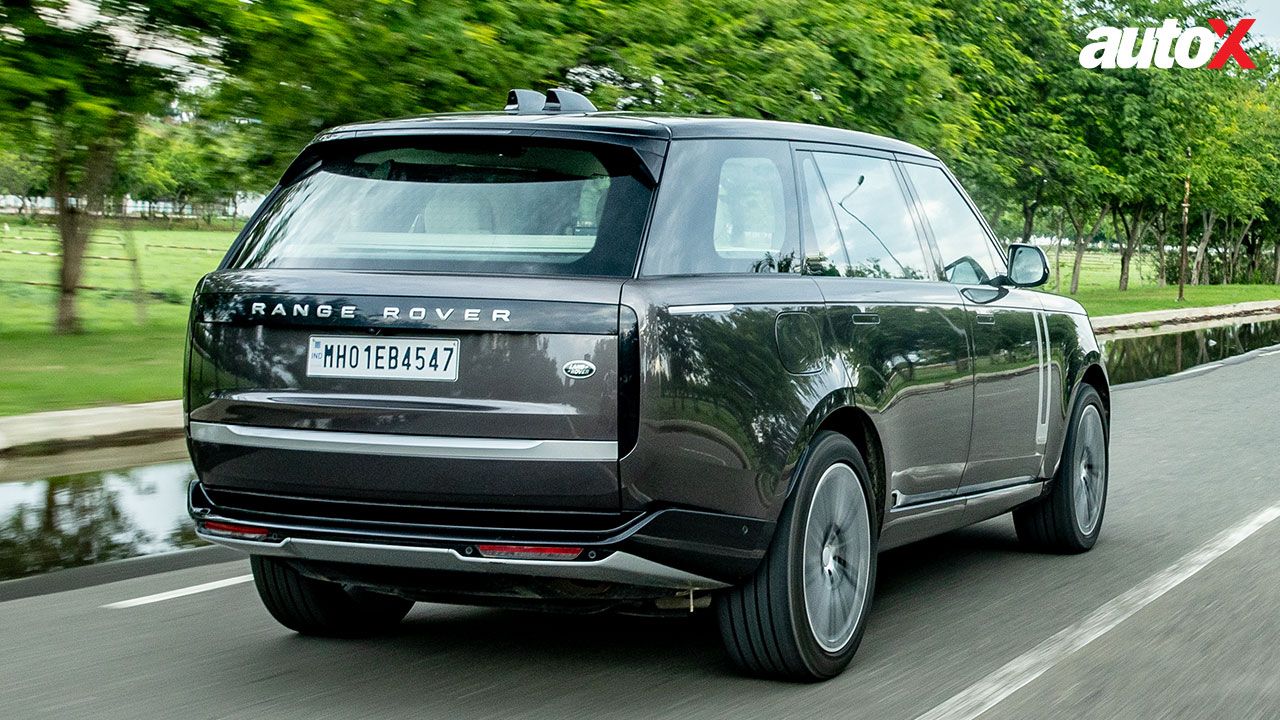
The Range Rover is a different breed altogether. While the BMW is all about modern-day flash and jazz, the Rangie is what you would call old-money royalty – it not only oozes elegance but also authority. Let’s just say that it’s more like Big B than Badshah. There are no LED crown jewels or busy contours here – it’s all about smooth and polished surfaces. You may say that it doesn’t have the show-stopper appeal of the BMW, but it doesn’t need that anyway. It gets noticed without making any noise, for the Range Rover is a textbook example of power-on-wheels – a 5.2 metres long and 1.87m tall statement of power and prestige. And thanks to its towering presence, every drive or ride in the Rangie is nothing short of an ego massage. You can feel the power of the rich and famous in your veins as you barrel along the road. It’s almost as if other road users bow down in respect as they hurriedly get out of your way. Plus, the fact that it costs around ₹4 crore sends the impression to lesser mortals that someone powerful, or belonging to the establishment, is being shuttled around for important matters. So, nobody in their right mind would dare to be in your way, even unintentionally.
However, the slight problem that I see with the Range Rover is that its younger and lesser siblings look and feel almost as stately. Sure, the Range Rover is still the OG of the family, but the Velar and Sport look very, very similar, and unless you have a PhD in the Range Rover genealogy, you’d find it difficult to differentiate between all of these at first glance. I mean, I have been in this profession of driving and reviewing cars for over 8 years now, and I still somehow can’t tell one RR from another. You see, when you’re a showbiz A-Lister or one of the Forbes top 100 business tycoons, you would certainly want your chariot to look a little different and unique, wouldn’t you?
Also read: 2022 Range Rover LWB Autobiography, Track Test
A Paradigm Shift
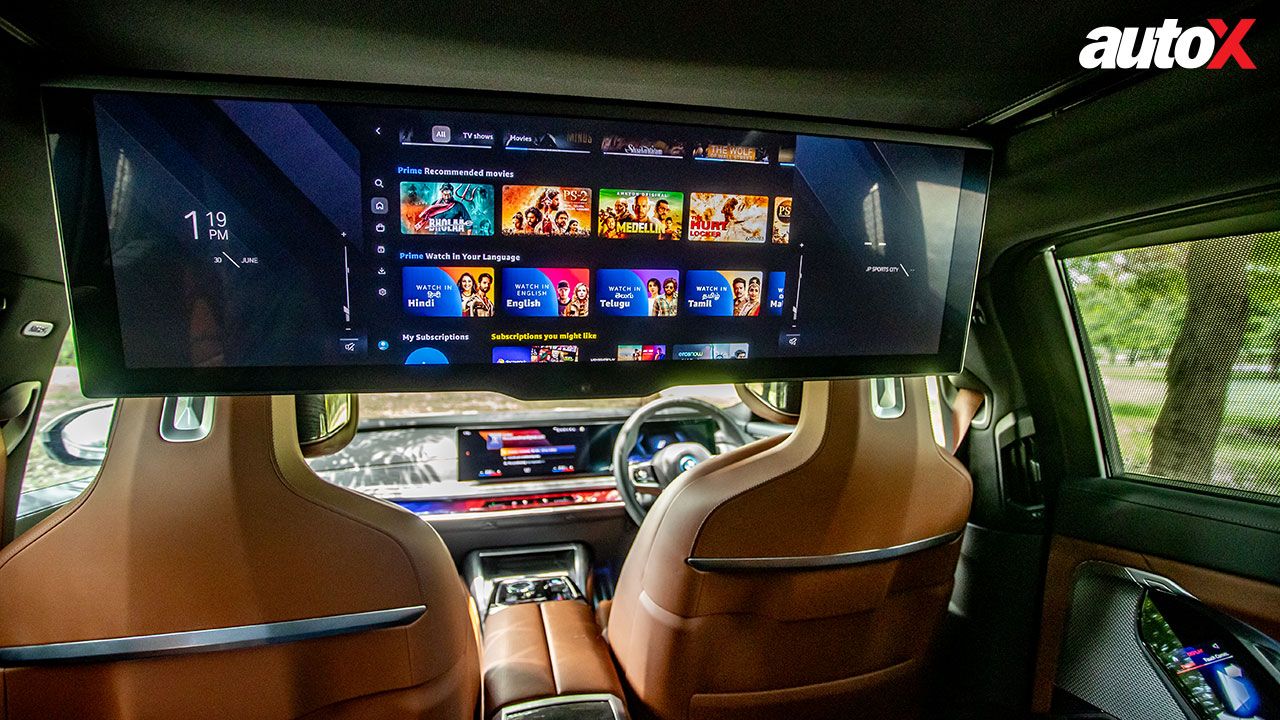
Looking sharp is important, but it’s not the only thing that matters. And whether you believe it or not, the rich and the famous probably don’t give two hoots about the outer appearance of their luxo-barges. When they are out lounging in on their wheels worth a fortune, with all the blinds and stone massagers on, your wails and cries over their BMW’s gaudy grilles or the dull grey colour of the Rangie hardly reach them. They simply don’t care about the feelings of common folks or the opinions of car journalists. The whole point of splurging that kind of money on luxury items is to be distinguished from the ordinary and not to engage with it.
And if isolating yourself from all the unnecessary clutter and noise of the world is your top priority, the i7 is the place to be – provided you have two crores for such indulgences. Now, once upon a time, BMW prioritised driving pleasure and forcefully pushed that notion in its flagship luxury limo as well. With the latest 7 Series or its full-electric derivative the i7 is, BMW seems to have changed its approach now.
Traditionally, it has always been the S-Class that would set new benchmarks in this class in terms of comfort, luxury, and in-cabin tech. Audi and BMW would always follow suit. On this occasion, though, BMW has beaten Merc to the punch with its flagship EV business saloon. The i7 doesn’t just set new benchmarks in the segment, it rather redefines the whole concept of luxury.
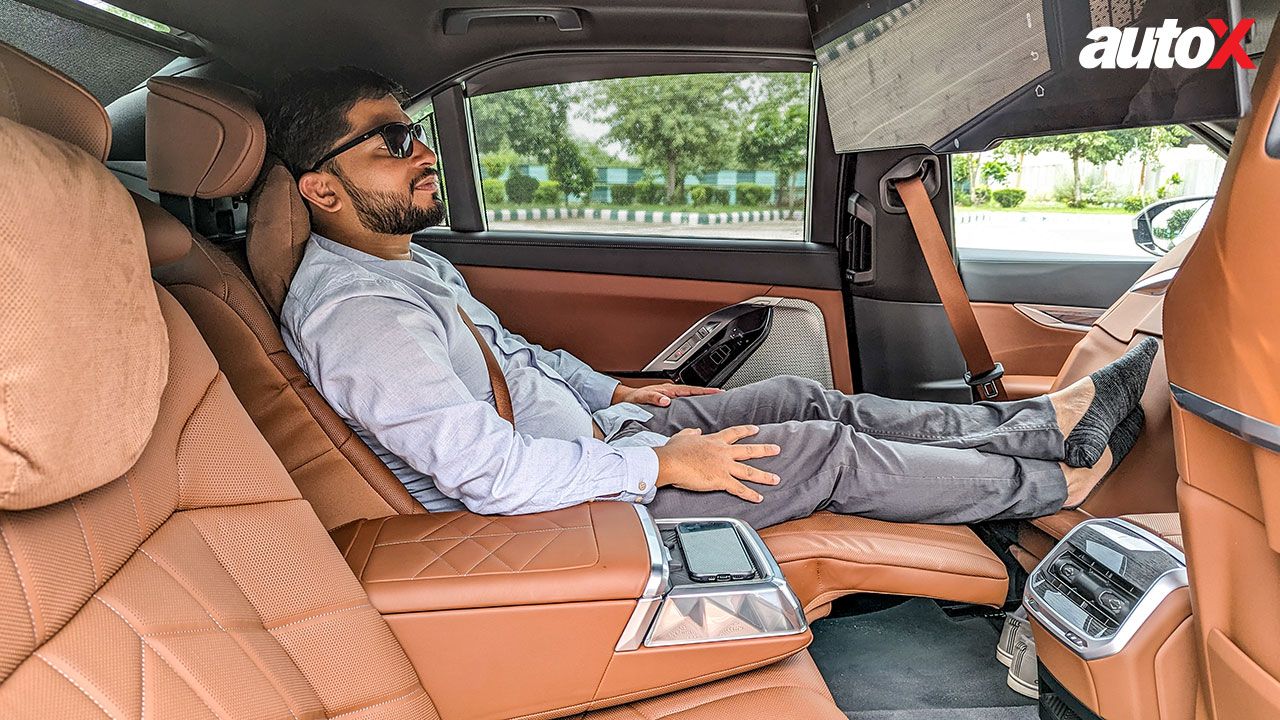
For starters, the i7 gets electrically-operated doors, saving you, or your chauffeur, the hassle of manual labour. Each door gets a sensor too, meaning it won’t swivel open if it detects an obstacle. That said, there are times when you are left second-guessing. Plus, the exposed button for this operation on the door handle (outside) does look a little tacky – it’s kind of weird and surprising that BMW designers forgot to conceal it. But as I said earlier, what’s on the outside is unlikely to bother you, especially once you have experienced its exquisite interior. Not to mention, the doors can also be opened or closed using the infotainment screen inside or the brake pedal.
Stepping into the BMW’s cabin is akin to entering a sci-fi expo. There are screens aplenty, and the cabin itself is as large and spacious as an auditorium. At night you even get its Sky Lounge LED light patterns on the large panoramic sunroof, making the entire experience an immersive affair. However, the main highlight of this cabin is that it’s a moving multiplex of sorts, thanks to its foldable roof-mounted 31.3-inch 8K Theatre Screen. You get pre-installed Netflix, Amazon Prime, YouTube, etc., but accessing the content requires a high-speed 5G eSim.
In theory, all of this is brilliant, but there are a few niggles. First, you will hardly find any content that uses the full screen because of its aspect ratio. And second, the screen is a little in-your-face, even after adjustments and positioning the screen at its farthest point. Also, when the TV at the back is in use, it creates a huge blind spot for the driver.
You also get two touch displays on each of the rear doors to access virtually every control – seat controls, massager, blinds, modes, ambient lighting, recliner, and whatnot. The only trouble is that you can’t do two things at once, which is a bit of a bummer. However, you can easily look past these small problems because, on every other front, this cabin is overwhelmingly brilliant. Be it the banging Bowers & Wilkins sound system, the curved HD display at the front, the exquisite leather upholstery, or the illuminated crystal ‘Interaction Bar’, which runs through the width of the dashboard, the i7’s cabin offers an experience like no other! What’s more, it’s all very stylistically done – for instance, you won’t see any air vents at the front because they are hidden underneath the light bar. There’s so much tech here that you will need, at the very least, a bachelor’s degree in IT to get the hang of everything.
But we are not done yet! The i7 isn’t just about cutting-edge tech and light shows – it’s a remarkable luxury car too, which is what it primarily claims to be. The refinement here is outstanding, and there’s absolutely nothing that filters into the cabin even when you are cruising at triple-digit speeds. There’s space aplenty in this leg-stretching long-wheelbase luxo-barge, and you can simply lie down and reflect on your achievements or work on your growth plans without even a hint of bother. The ride quality is stellar too – like a magic carpet. There’s no underlying firmness at low speeds, which we expect from large and heavy EVs such as this, and the two-axle air suspension absorbs road imperfection beautifully. The i7 simply glides or rather floats over bad roads.

Now, while the chances of an average i7 owner doing the pesky job of taking the wheel are extremely low, it won’t be a disappointment for sure. That’s because even as a driving machine, the i7 is exceptionally good. The i7’s twin-motor setup, rated at 537bhp, along with planet-twisting torque of 745Nm, can catapult this sedan from 0 to 100km/h in just 4.7 seconds! However, it’s not just the g-forces in a straight line that’s thrilling but also the overall control, taut handling, and unbelievable grip levels – they simply blow your mind. Despite weighing well over 2.5 tonnes, the i7 is as poised and planted as a BMW is expected to be. In fact, the body movements are so well controlled that even when you are in the ‘boss’ seat, you are never thrown around side-to-side. There’s virtually no roll!
Another highlight of the cabin is ‘My Modes’ – they not only alter the driving modes but also the ambience in the car. Depending on the mode, it offers you experiences ranging from a high-pitched techno concert to a silent art museum. Plus, the Hans Zimmer electromobility ‘soundtrack’ is a surreal experience in itself.
Also read: BMW iX Becomes the Brand's Best-selling Luxury EV in India
Britannia’s Finest
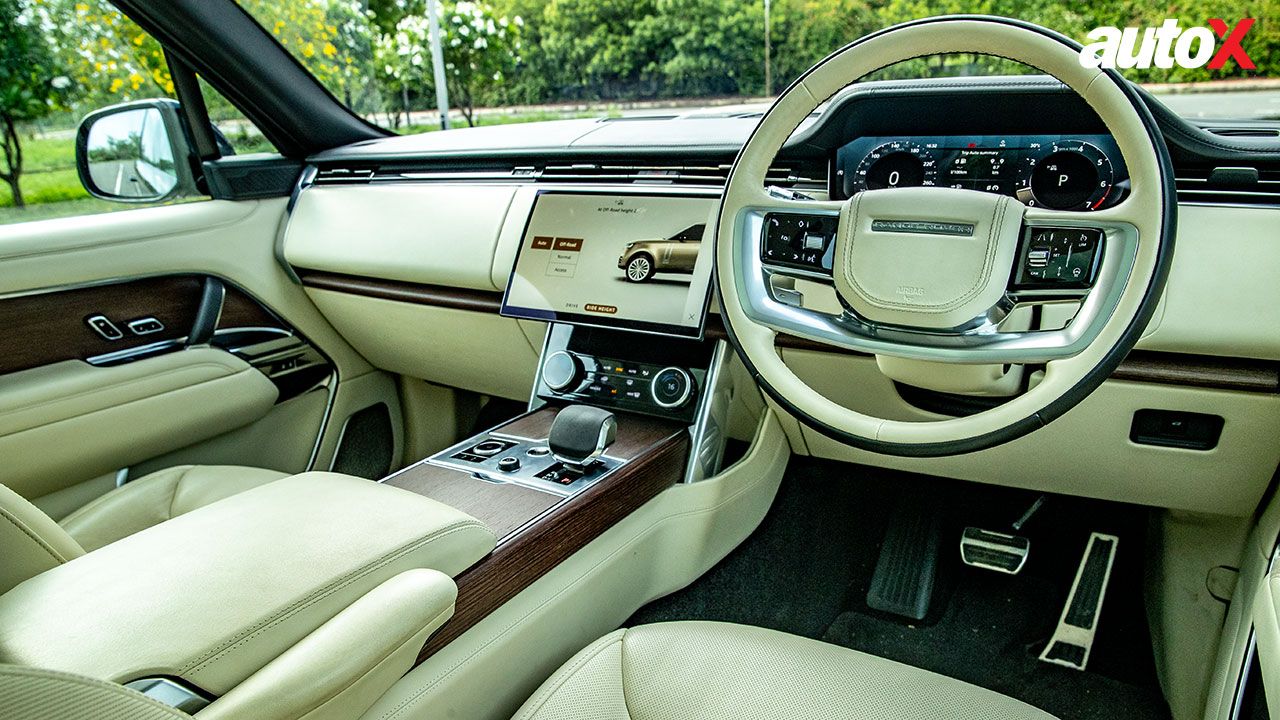
The Range Rover’s cabin is in total contrast to the BMW’s, quite literally. Instead of using dark materials and blinding your view of the world outside, the Range Rover gets an ivory-white interior with large windows to give you a look at your surroundings. It’s as if you’re sitting on the balcony of a penthouse on a skyscraper. Although, getting up there is quite a task. For starters, there aren’t any electric doors, and stepping into the cabin is a bit of a task since there are no electric side steps like the Maybach GLS. However, once your chauffeur has opened the door for you and shoved you in, there isn’t much to complain about. There’s plenty of space – you have got acres of legroom and virtually unlimited headroom. The seat squab, the quality of leather, and every single component used in this cabin scream expensive.
In terms of technology or connectivity inside the cabin, the Range Rover may not offer modern gizmos like the i7, but the display is still cutting-edge and high-quality. Sure, the Rangie may not have a big TV at the back, but there’s no dearth of screens in here. You get two 11.3-inch rear-seat entertainment touchscreens and an 8-inch touchscreen nicely integrated into the rear armrest to control every feature – seat recliner, massager, blinds, infotainment, and so on. I must say that it does feel a little basic in comparison to the tech offered in the i7 at first, but it is also quite easy, intuitive, and clutter-free in operation. The same goes for the 13.1-inch infotainment screen up front. It doesn’t pack a million features, but it’s beautiful and seamless to operate. The UI is clean and intuitive, too.
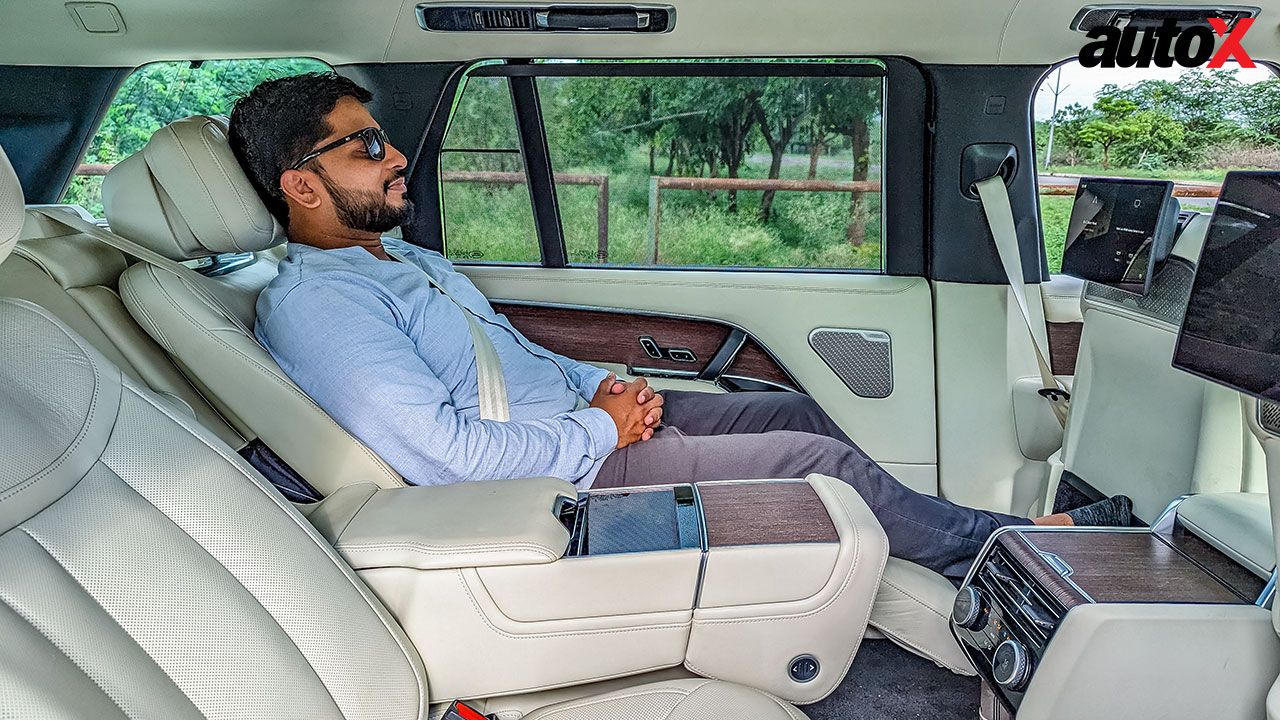
Speaking of comfort, it’s exceptionally brilliant. The Range Rover’s ride quality is excellent, and because it’s got miles of ground clearance, you or your chauffeur don’t have to think twice while encountering bad and broken roads. Like the BMW, the Range Rover glides over bumps and potholes with aplomb. However, going over speed breakers at a high pace produces unwanted noises or ‘shimmy’ that you usually experience in SUVs, especially in comparison to the BMW.
From behind the wheel, the Range Rover feels like a tank. You sit on top of the world, literally, and can bulldoze your way through. It’s an amazing feeling that no sedan can match, let alone the i7. You can only get this sense of invincibility in an SUV, period. And the flagship Range Rover makes it twice as amplified.
The Range Rover you see here is the Autobiography P400. Powering this mammoth of an SUV is a 3.0-litre six-cylinder turbo petrol engine, which churns out 395bhp and 550Nm of torque and is paired to an 8-speed automatic. This engine-gearbox combo can hurl the big Rangie from 0 to 100km/h in just under 6 seconds. Sure, it may sound a bit underwhelming compared to the BMW, but trust me it’s plenty fast, especially for an SUV of this size, weight (over 2.5 tonnes), and dimensions. The refinement of the motor is phenomenal too, and so is the transmission with its well-judged and velvety shifts.
The handling is remarkable by all standards. Now, it’s not as good as that of the BMW, obviously, but that’s because of simple laws of motion and the Rangie’s high centre of gravity. The body roll is more pronounced for apparent reasons. But, even then, the handling is amazing, and the way it masks its weight and size is simply phenomenal. It remains tight and well-damped under all circumstances. It wouldn’t be an exaggeration to call it an engineering triumph, given how it does what it does. The Range Rover also packs some serious off-road pedigree, and it can go anywhere as promised. Agreed, no one will ever dare to get down and dirty with their SUV that costs nearly ₹4 crore, especially on 22-inch rims, but it’s more of a feel-good factor because you know that you own a piece of Land Rover’s glorious history.
Verdict
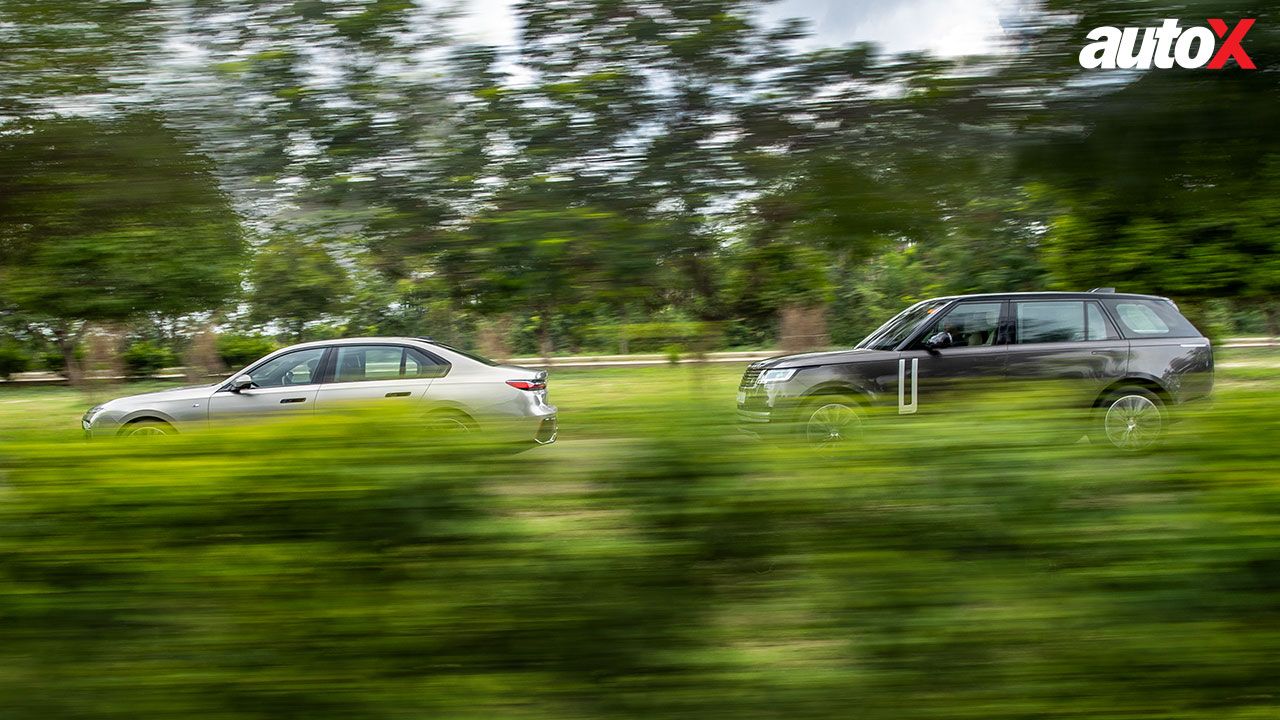
To start with, I’m grateful to not have that kind of wealth because choosing between these two concepts of luxury is a tough call. Where do you even start? It’s hard to pick sides here. I will try anyway though.
First, the i7. BMW has kind of reinvented the wheel here. The i7 is a tour de force, a luxury sedan par excellence, a tech concert on the move, and it does all of that while saving the planet in pin-drop silence, both inside and out. It’s not just a great ambassador of the future of motoring but also a phenomenal luxury vehicle, which has pushed the boundaries for everyone else.
The Range Rover – or traditional luxury cars – hasn’t lost this game, either. Its charm, heritage, Land Rover pedigree, and holistic approach to opulence make it equally desirable in a different way. And while more people will be drawn to the ‘latest’ stuff on the market, the Range Rover will continue to stand the test of time, as it has always done.
Simply put, the i7 is for the young achievers and go-getters of today, while Range Rover is for the ‘been there, done that’ bigwigs. There is no clear winner here. After all, luxury is a state of mind…
Motor: : Dual Motors
Battery: Lithium-ion,101.7 kWh
Transmission: Single-Speed / All-Wheel Drive
Power: 536bhp
Torque: 745Nm
Range: 590-625km (Claimed)
Price: ₹1.95 Crore (Ex-Showroom)
X-Factor: The i7 marks a paradigm shift not just for luxury cars but also for BMW
|
Pros • Comfort • Refinement • performance |
Cons |


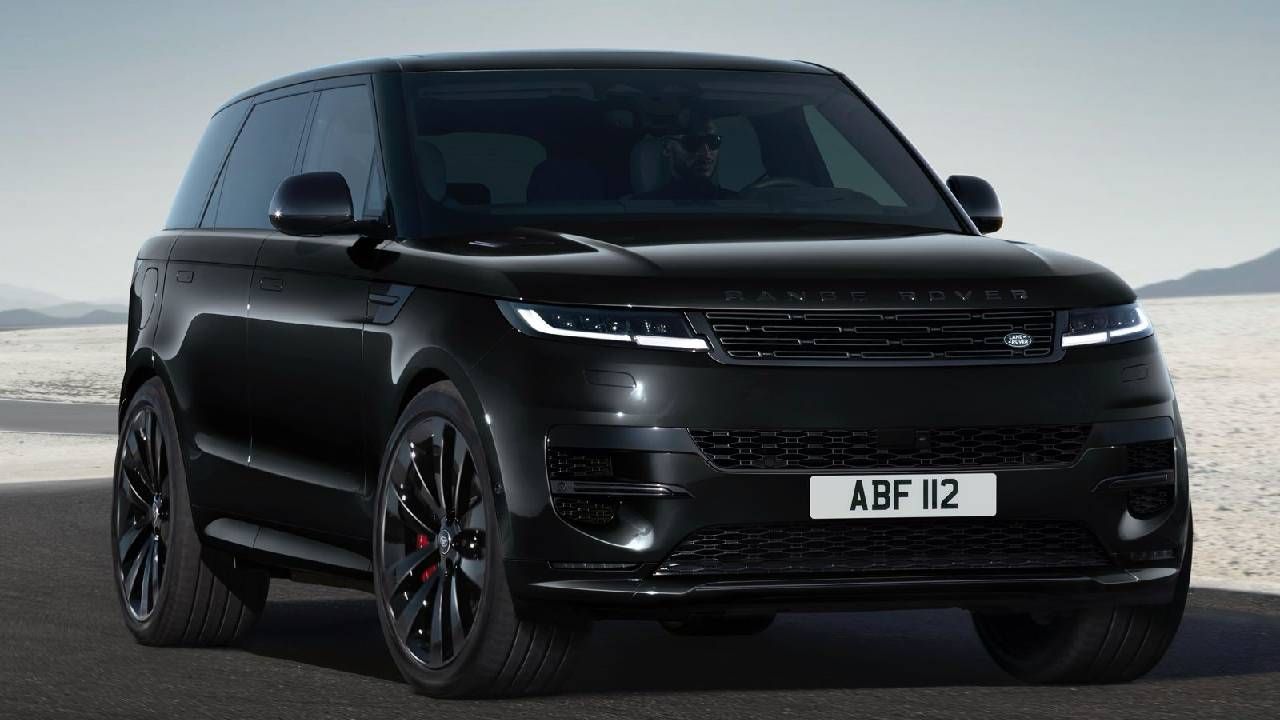
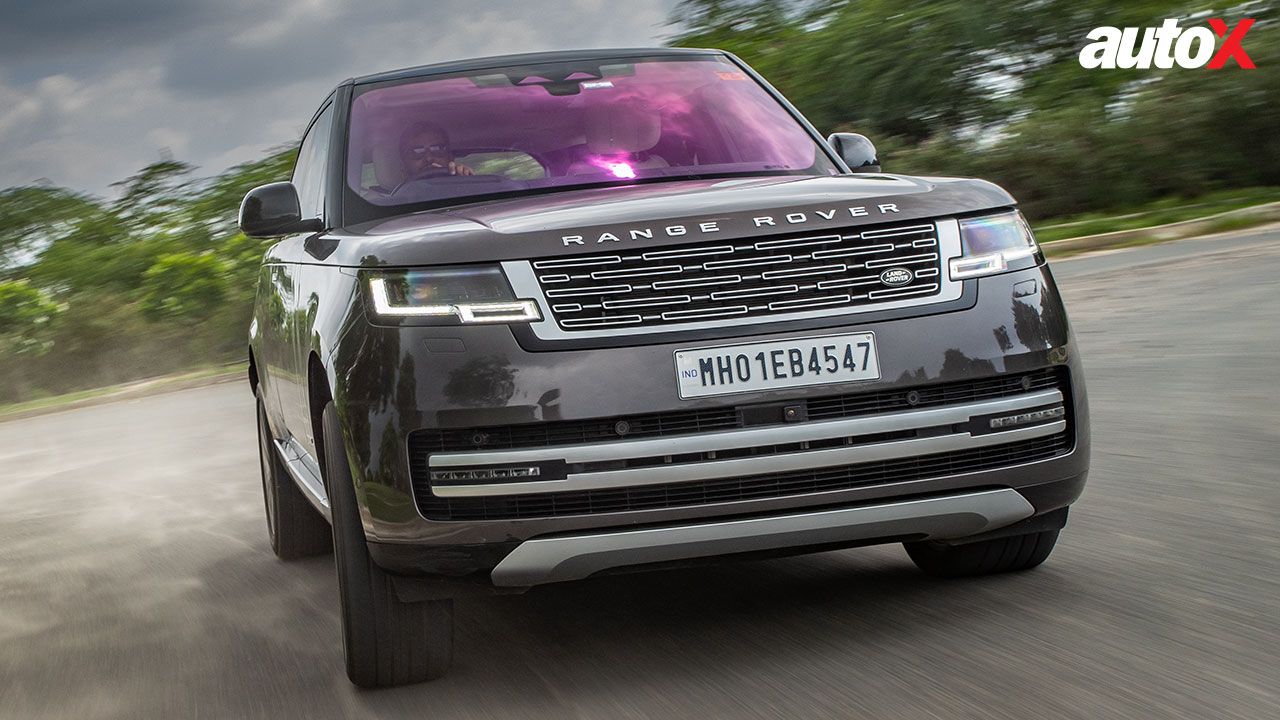


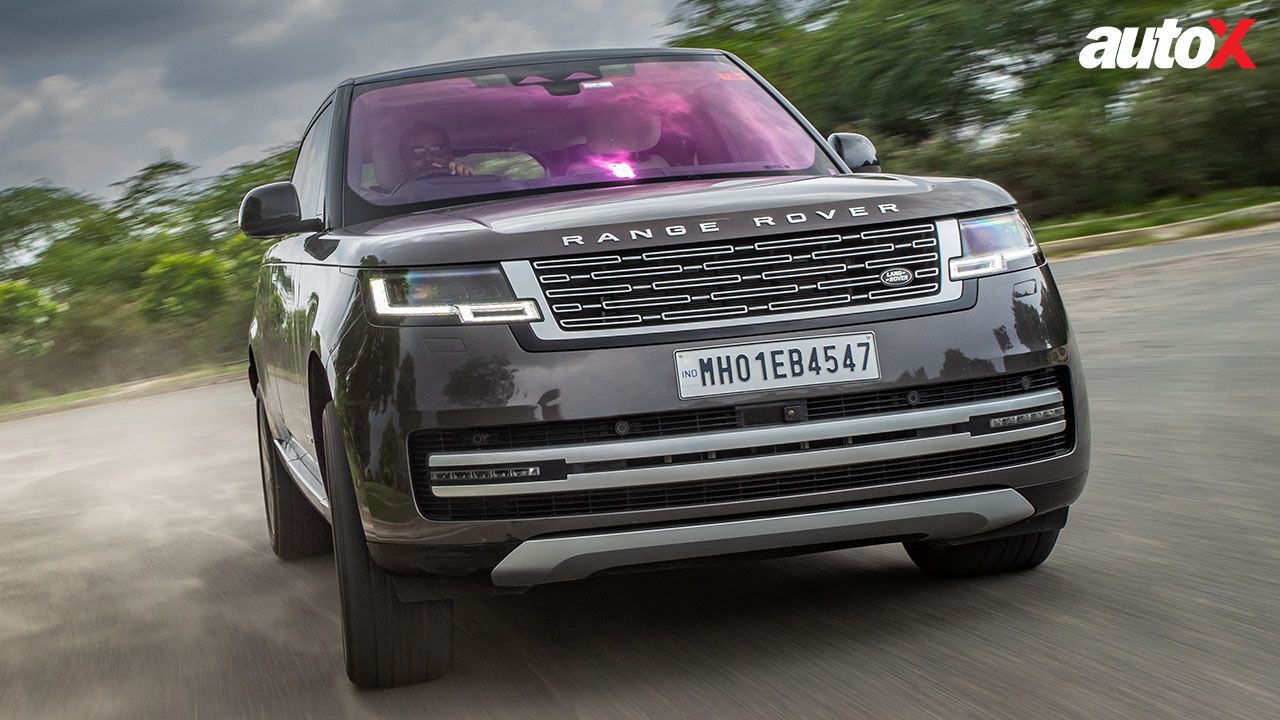
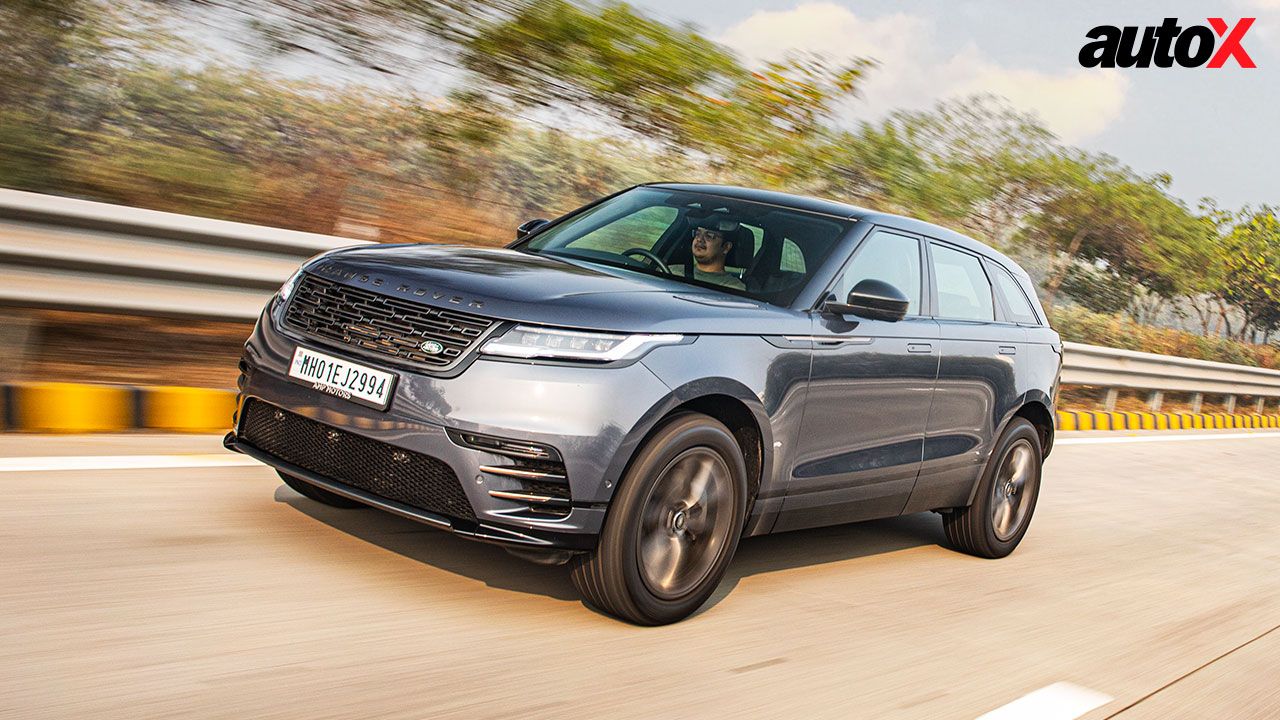
Write your Comment on